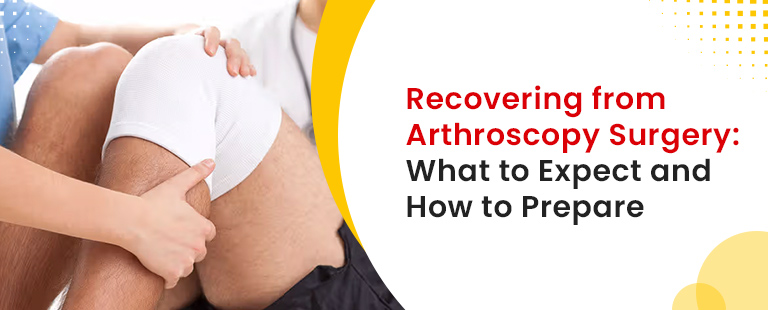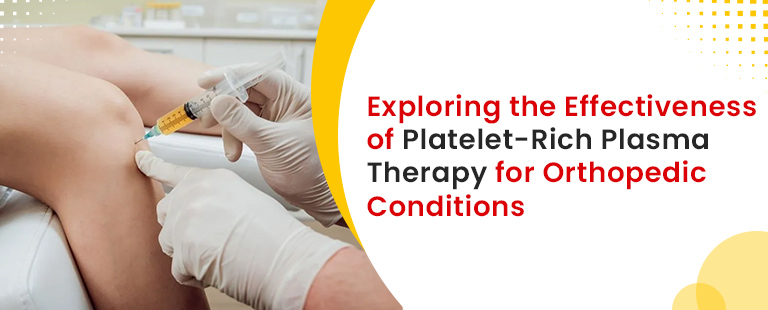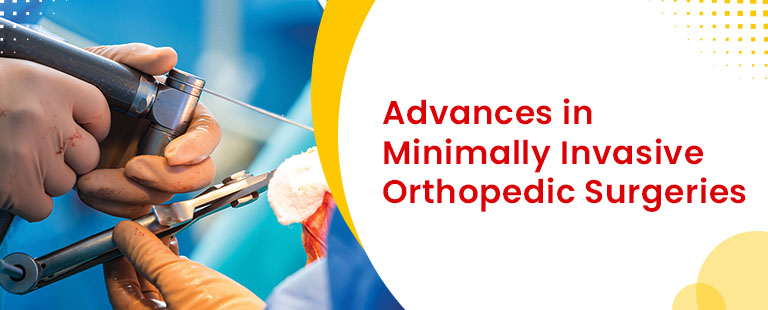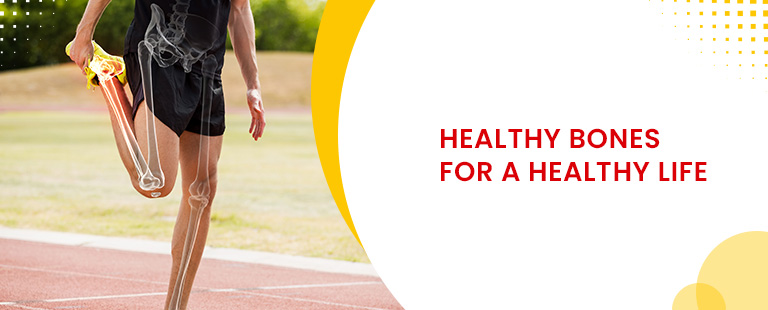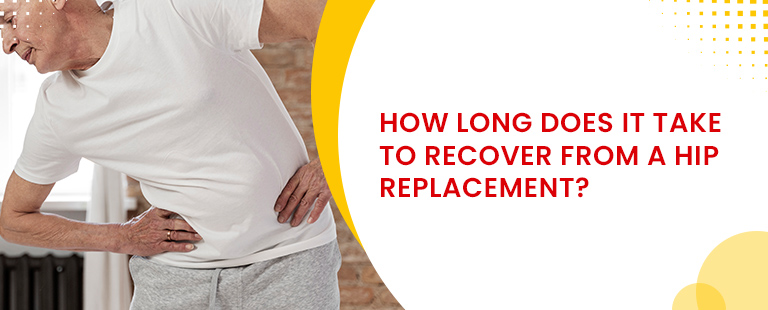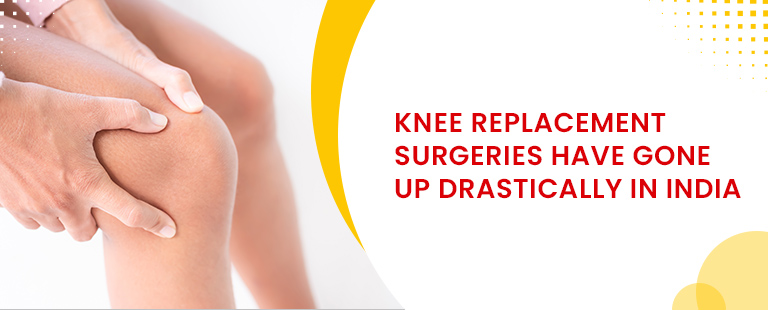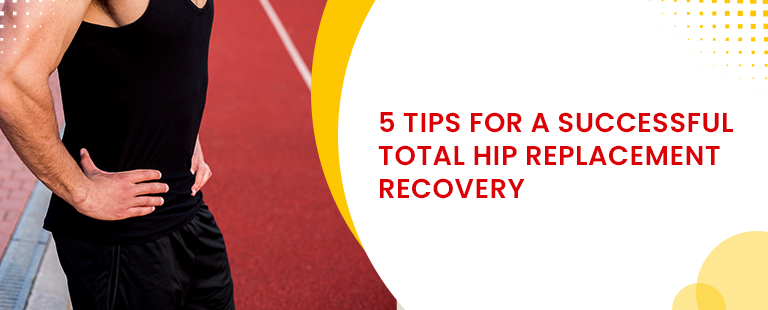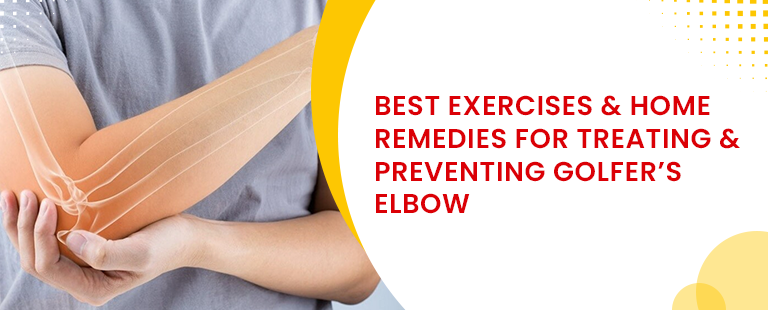Introduction
Arthroscopy is a minimally invasive type of surgical procedure that is used by the doctor to view, diagnose, and treat joint problems. The procedure is generally recommended for people who may have an inflamed joint, injured joint, or suspected joint damage with aging.
Arthroscopy can be performed on any joint but is most commonly done on the knee, ankle, elbow, shoulder, wrist, or hip joint. The procedure involves the insertion of a thin, long tube with a light and video camera on one end, known as an arthroscope, into the joint through several small incisions made by the doctor to check the condition of the joint and even repair some types of joint damage.
Arthroscopy surgery is considered to be a minor surgery that is usually performed on an outpatient basis, which means that the patient can generally go home on the same day of the procedure.
In this article, we will be discussing the recovery of a patient following an arthroscopy surgery and how to prepare for the same.
Preparation for Arthroscopy Surgery
The general health of the patient will be assessed by the orthopedic surgeon before an arthroscopy surgery. This helps in ensuring that the patient does not have any underlying medical conditions that could interfere with the procedure.
The doctor will also suggest undergoing certain diagnostic tests before the procedure, such as blood tests and imaging tests to check the health of the patient and view the joint on which the surgery will be performed.
The exact preparation needed for an arthroscopy surgery will depend on which joint the surgery is being performed. The general instructions given to a patient to prepare for an arthroscopy surgery include the following:
- The doctor may ask the patient to avoid taking certain medications, like blood thinners and nonsteroidal anti-inflammatory drugs (NSAIDs), or supplements that could increase the risk of bleeding during or after the surgery.
- The patient should let the surgeon know about any current medications or supplements that he or she may be taking.
- If the patient has any known allergies, the same needs to be reported to the doctor before surgery.
- Depending on the type of anesthesia that will be administered during the procedure, the doctor may recommend to avoid eating or drinking anything eight hours before the surgery.
- The patient needs to ensure that the area that he or she will be operated on is kept clean and free from any injury, sunburn, or infection.
- The patient needs to arrange for someone to drive him or her home after the surgery.
- On the day of the surgery, the patient should wear loose and comfortable clothes on the area being operated upon.
Arthroscopy Surgery Procedure
The patient will first be administered with local anesthesia (which numbs the area of the procedure), regional anesthesia (which numbs the body from the waist downwards), or general anesthesia (which makes the patient unconscious). The type of anesthesia given will depend on the type of arthroscopy being performed and the health of the patient.
The surgeon will then make two or three small cuts or incisions in the area of treatment. The arthroscope and other tiny surgical instruments are then inserted through these incisions.
The images sent from the arthroscope are viewed on a monitor screen by the doctor to examine the joints, tendons, ligaments, and cartilage in that area. These images help the doctor to diagnose the problem or in some cases, treat the problem using the surgical instruments inserted inside.
The arthroscope and instruments are removed after the completion of the procedure and the incisions are closed using stitches and a bandage.
Most arthroscopy surgeries can be completed in an hour, although some complex arthroscopies may take a little longer to complete.
Recovery After Arthroscopy Surgery
After the completion of the arthroscopy surgery, the patient is moved into a recovery room to monitor the vital parameters of the patient. An ice pack application may be done on the surgical site to help reduce the swelling and pain after surgery. The medical staff present will also help the patient to keep the operated area in an elevated position.
Most patients can go home a couple of hours after the surgery. Once the patient goes home, the following instructions need to be followed for a quick and smooth recovery:
- The surgical area needs to be kept clean and dry for the next twenty-four hours after the surgery.
- A protective dressing should be placed on the surgical site while taking a shower.
- Soaking the treatment area in water should be avoided.
- The patient should avoid putting any pressure or weight on the surgical area.
- If the surgery has been performed on the foot or knee area, the patient may need to use crutches or another type of assistive device for walking. If the surgery has been done in the shoulder or hand area, the patient may need to wear a sling or brace.
- The doctor will prescribe certain medications to reduce pain and inflammation after surgery.
- The patient is recommended to put on an ice pack and keep the surgical area in an elevated position to reduce swelling and pain.
- The doctor will recommend undergoing certain physical therapy exercises that need to be done to improve the function of the operated joint and strengthen the muscles.
The incisions generally take several days to heal. Complete recovery or healing may take several weeks, depending on the health of the patient and the type of surgery the patient has undergone.
The recovery following an arthroscopy is generally quicker compared to the recovery following an open surgery. Additionally, the procedure is less painful and causes minimal scarring and bleeding compared to an open surgery.
Conclusion
Arthroscopy is a safe, minimally invasive type of surgery performed to examine the joints, tendons, ligaments, and muscles. The surgery helps diagnose and treat many joint and ligament problems using small incisions for a quicker recovery with less scarring and pain compared to other surgeries.
Complete recovery following an arthroscopy surgery may take several weeks to months, depending on the type of surgery performed. It is important to follow the doctor’s instructions carefully to help in a smooth and rapid recovery.


